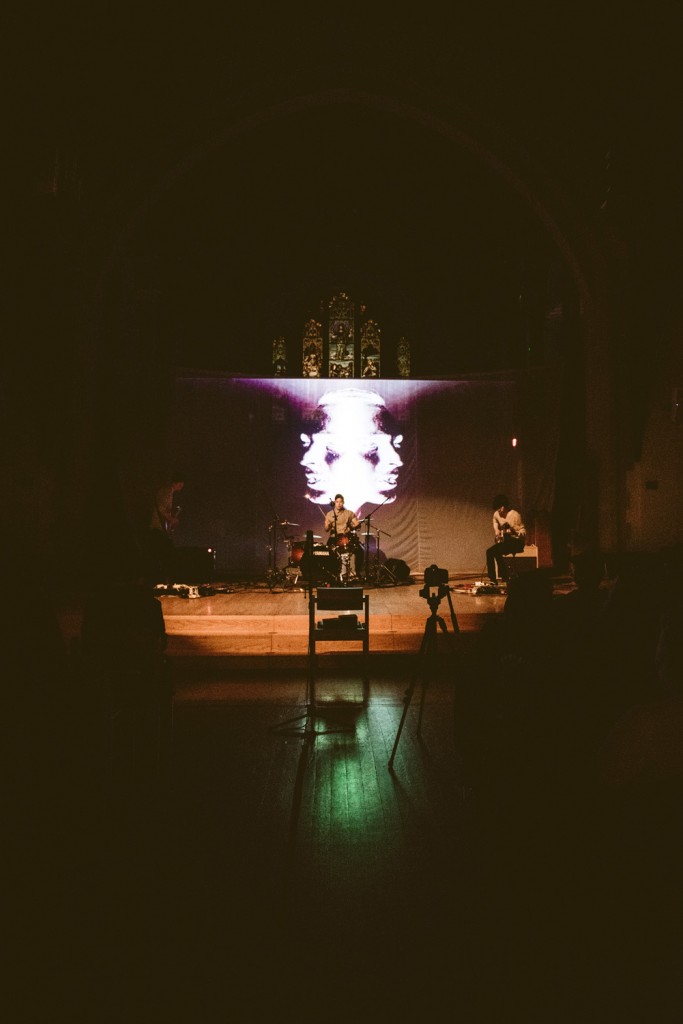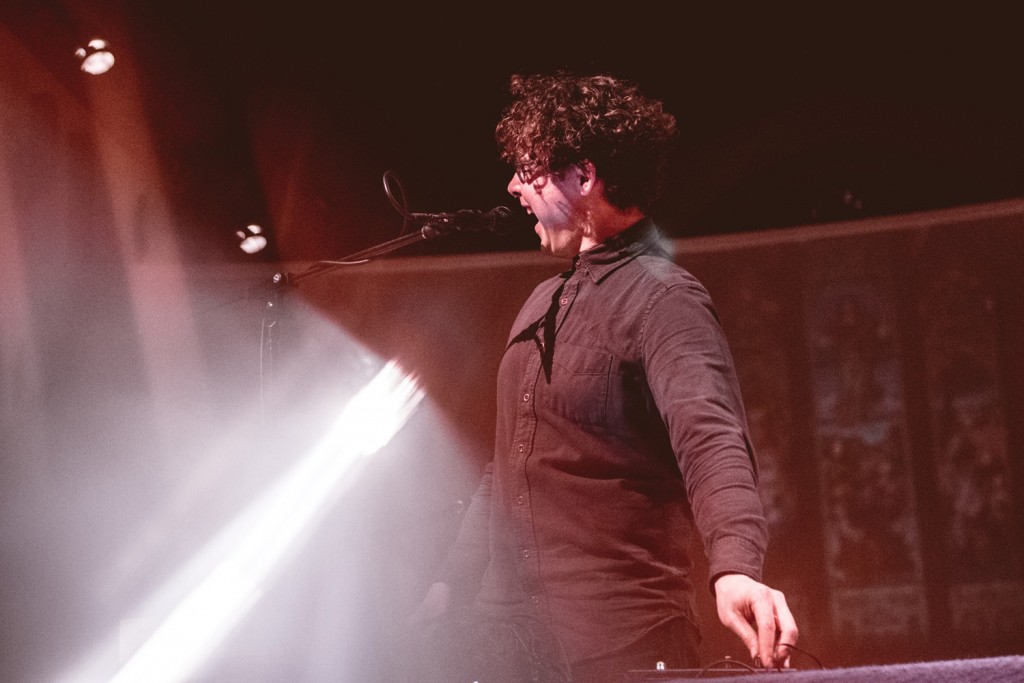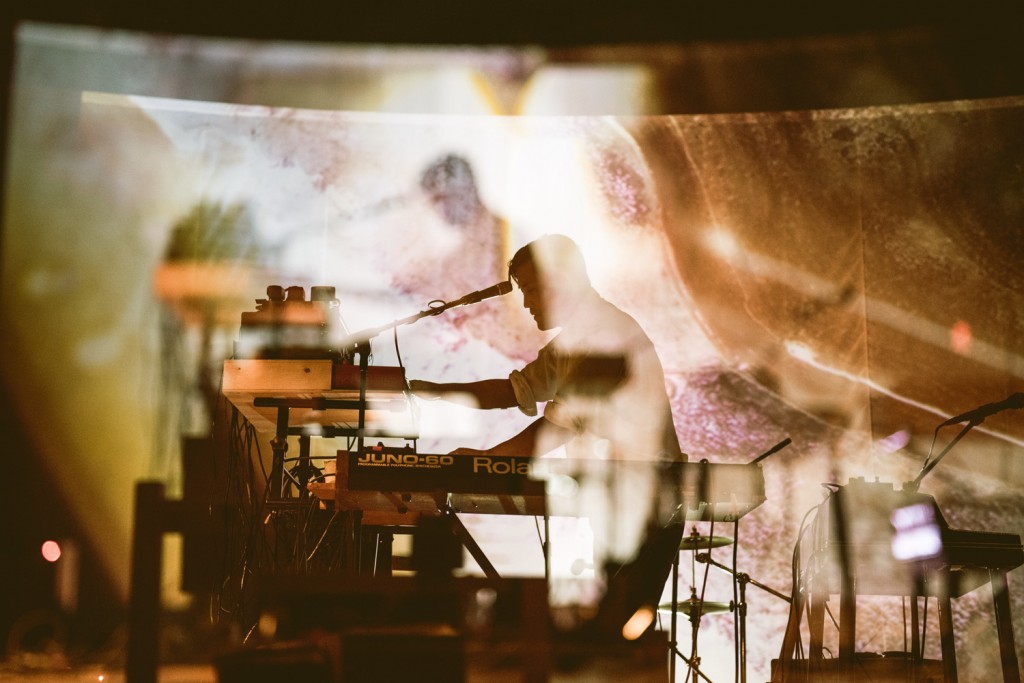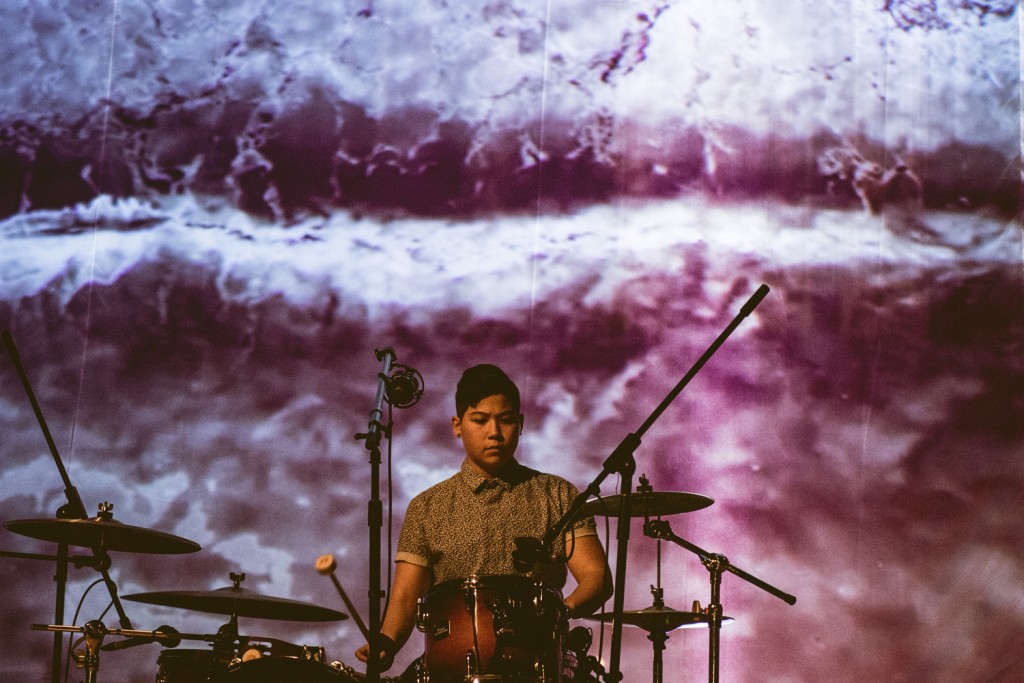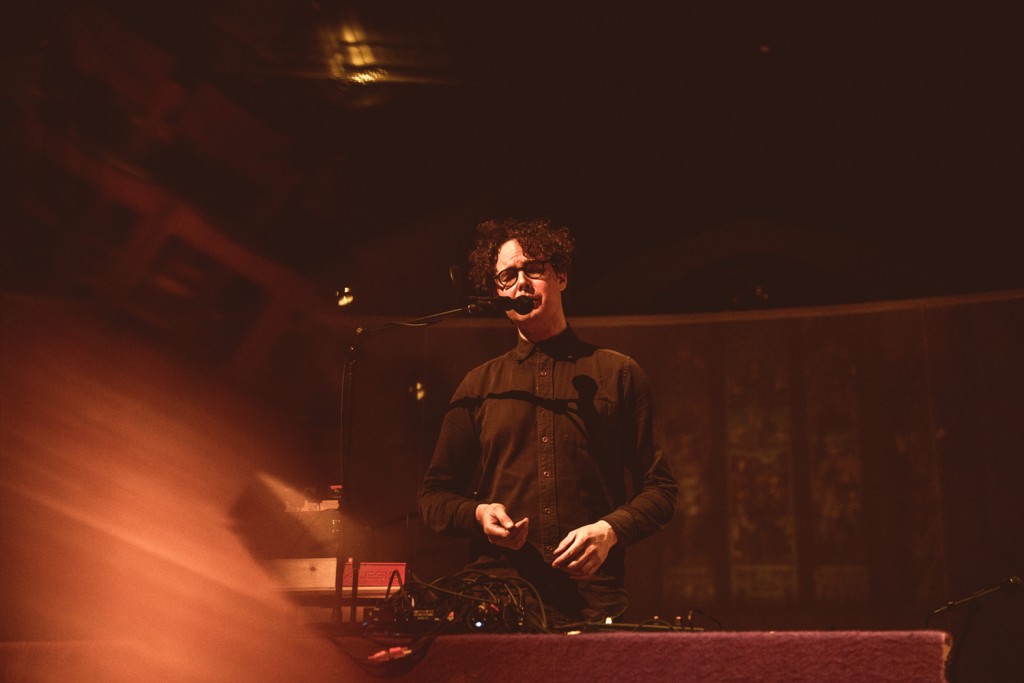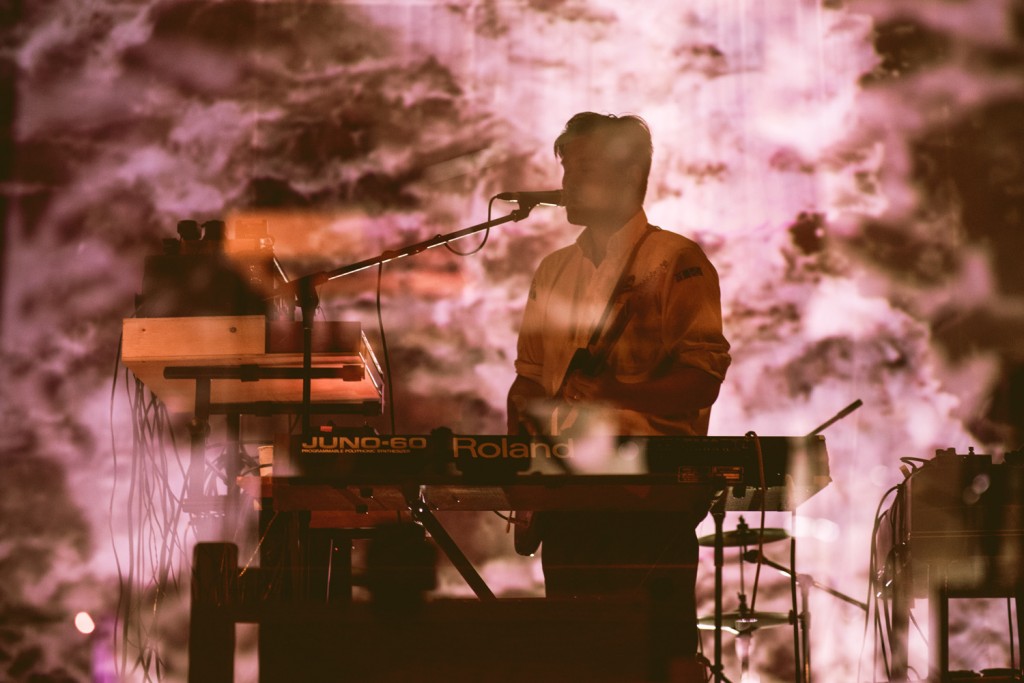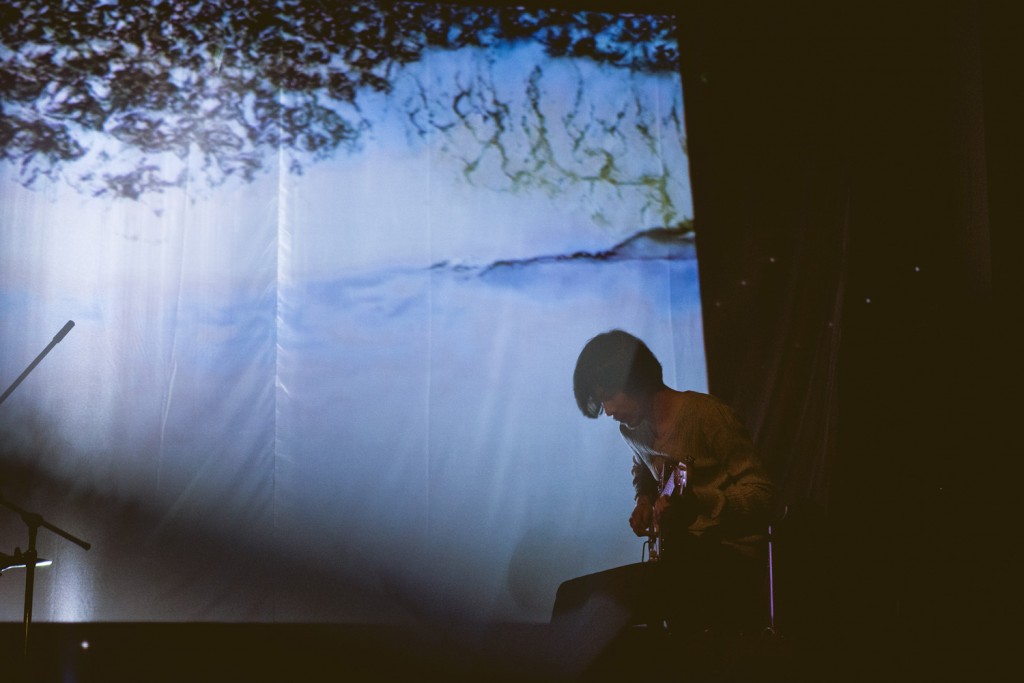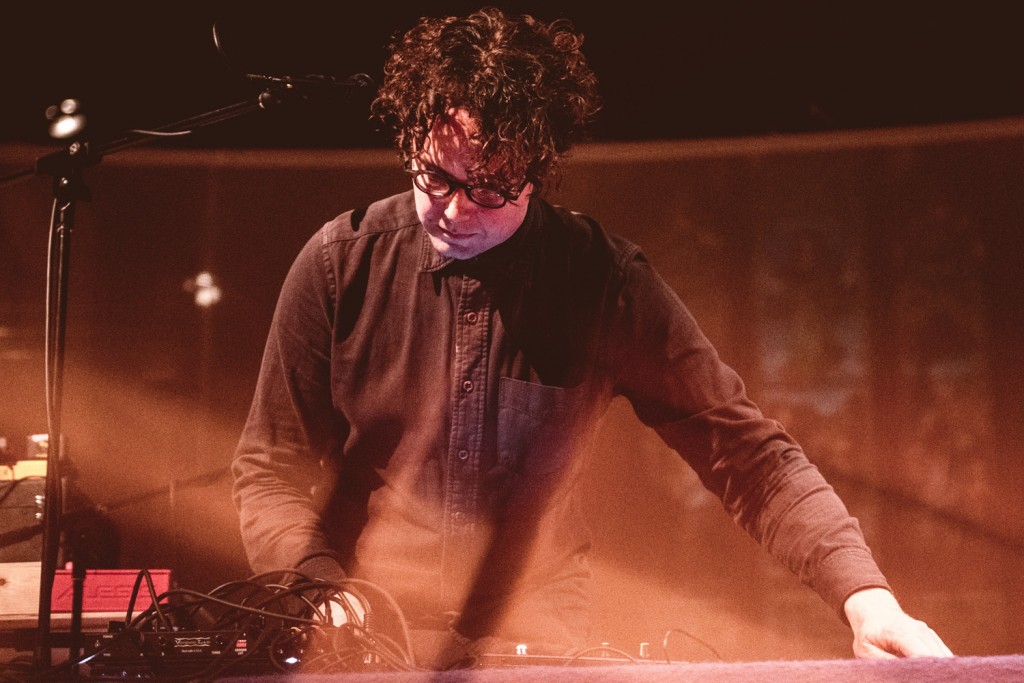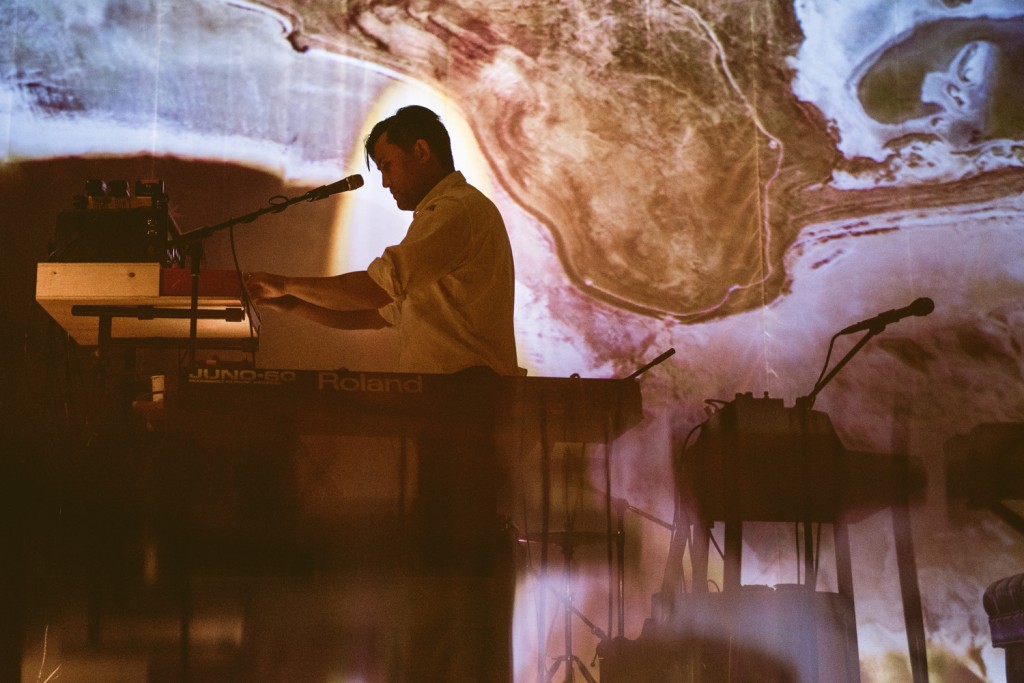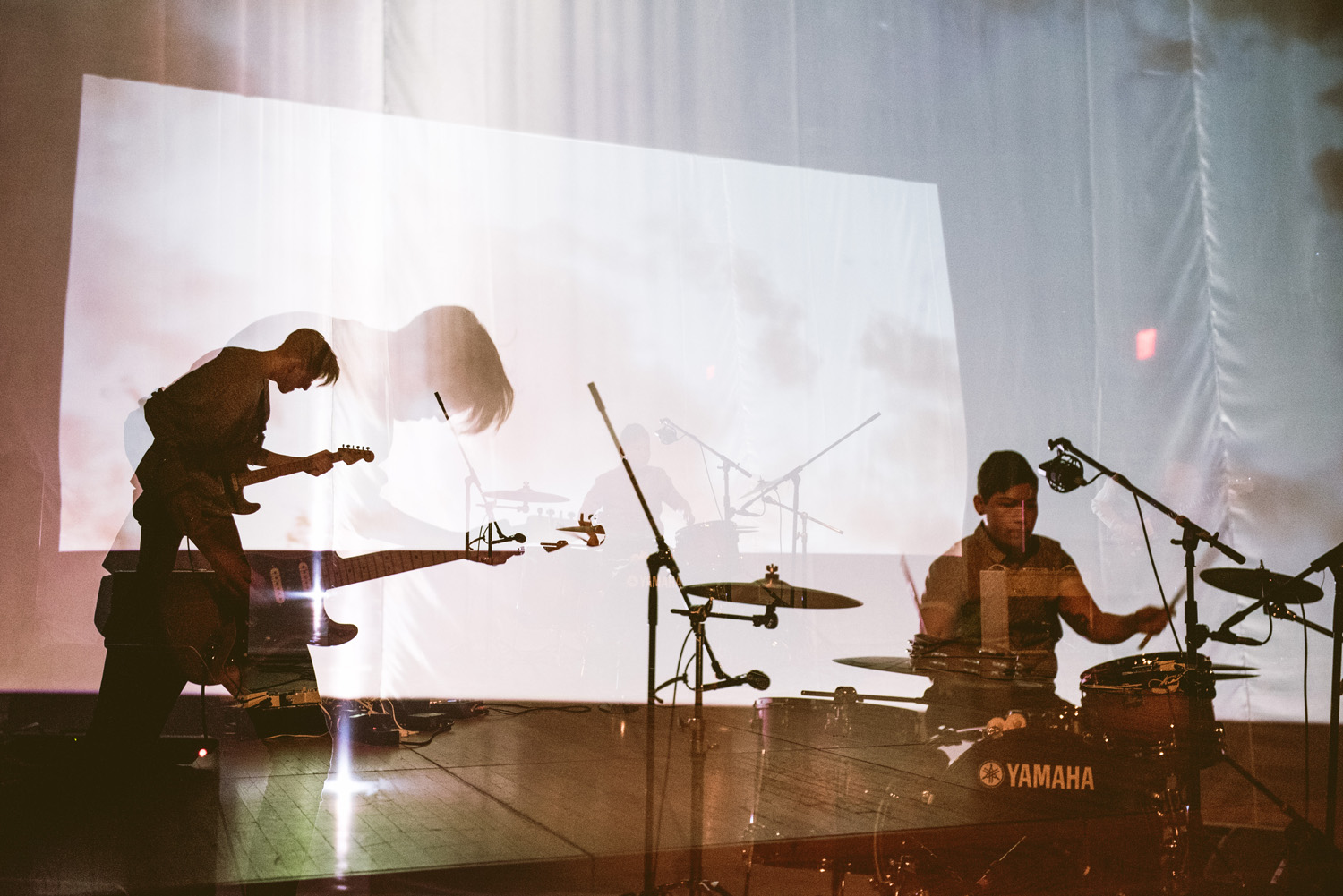I will start by saying this: At a show in a venue as grand as Christ Church Cathedral, it is nearly impossible not to use metaphors of a divine nature. While I risk falling into cliché in describing the holy atmosphere of Spruce Trap’s album release, it can’t be altogether avoided.
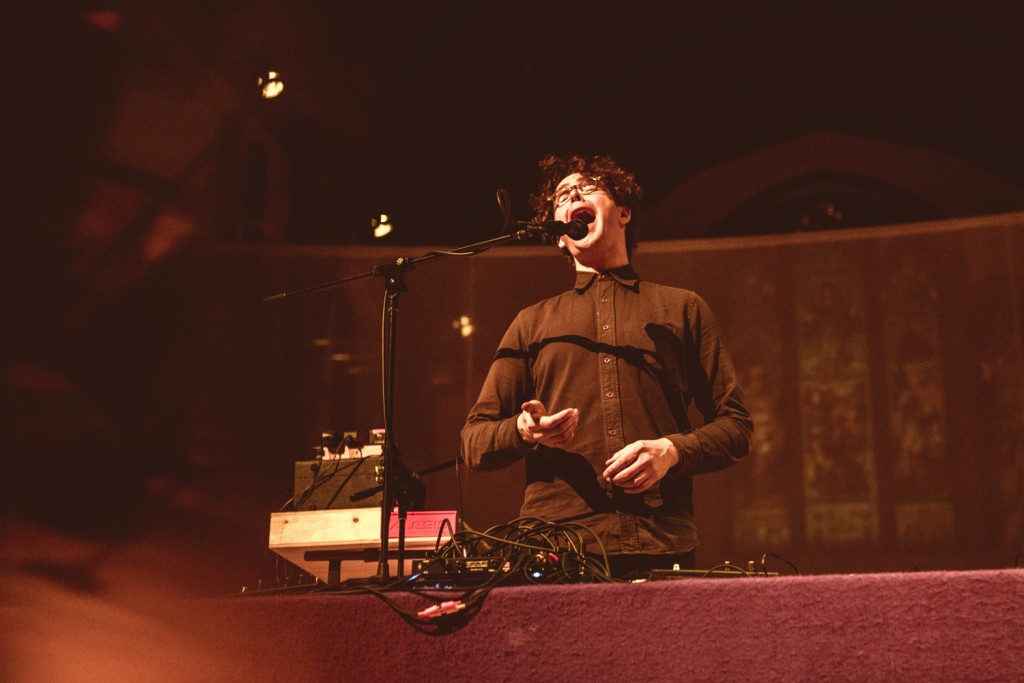
I stepped through the towering doors of Christ Church Cathedral to find Ian William Craig already in the midst of his performance. As I slipped into a row of hard pews, Craig’s glistening and glitchy vocal manipulations filled the room. Standing in front of a table covered in cables, tape recorders and various electronics I won’t even begin to try to identify, Craig transformed his euphonic wailing into otherworldly soundscapes. Aurally, it was a revelation, but visually, Craig’s stage presence wasn’t as captivating. Instead, I found my eyes migrate upward, along the antiquated wood rafters, around the vaulted ceiling, and across the expansive stained glass windows.
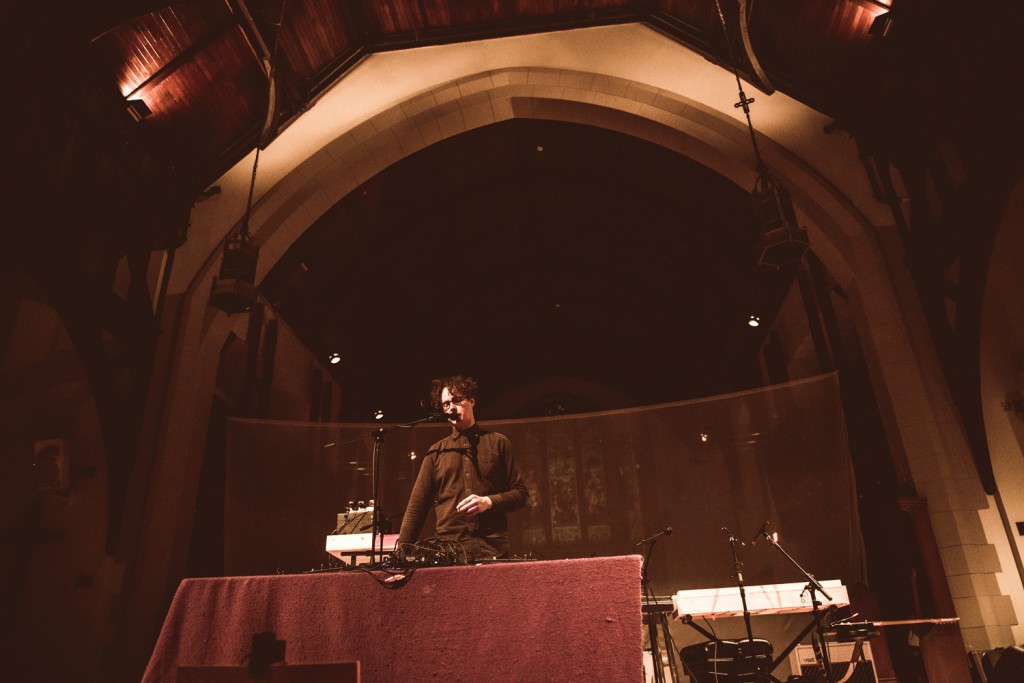
Craig’s music faded to silence, then a voracious round of applause swept that silence away. As the stage was set for the next act, the audience mingled among the pews. Adam Sharp of Big Smoke, the organizer of the evening, grabbed a mic to thank the various people and organizations that made the show happen, and to highlight the “magnificent architecture in our city.”
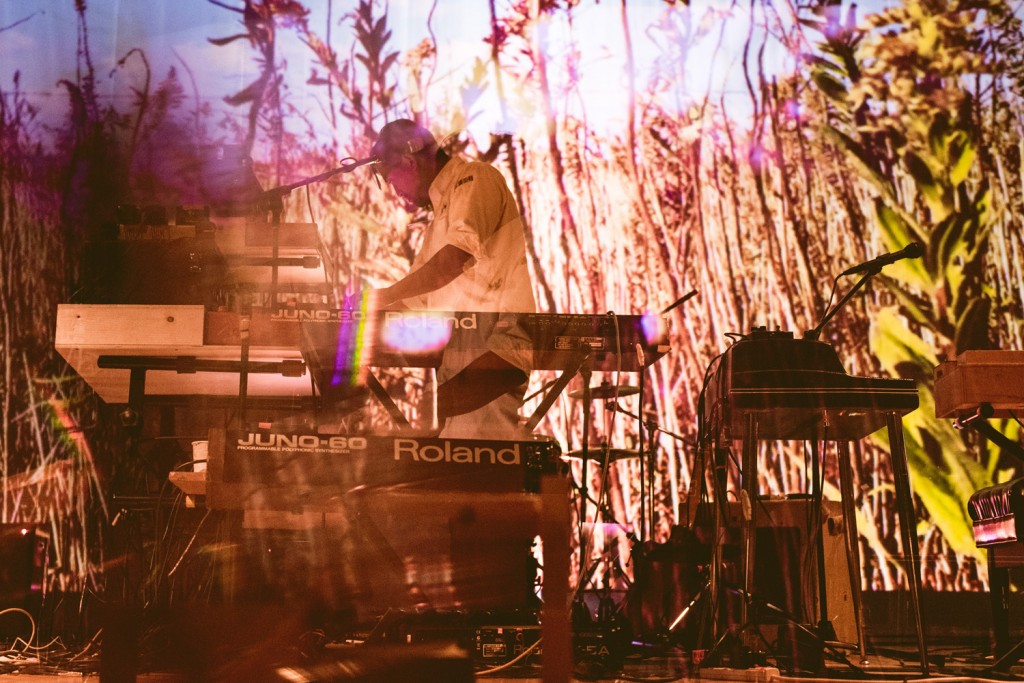
Andrew Lee stepped behind his mountain of equipment on stage, and the second act of the night started. Holy Hum, Lee’s experimental music project, started slow and subdued. Lee began with just a keyboard — one of the many around him — singing softly overtop. As his set went on, Lee moved across the stage, never settling on any piece of equipment for more than a song, adding layers of rich synths and electronic effects.
A large white screen stretched behind him, illuminated by pulsating projections of abstracted landscapes, space travel, and microscopic slides. While the visuals matched the sound of Holy Hum to a tee, the performance as a whole seemed out of place within the church. With the audience already immersed in the anachronistic atmosphere of the cathedral, it felt as if the performance was attempting to force a completely different feeling onto the space.
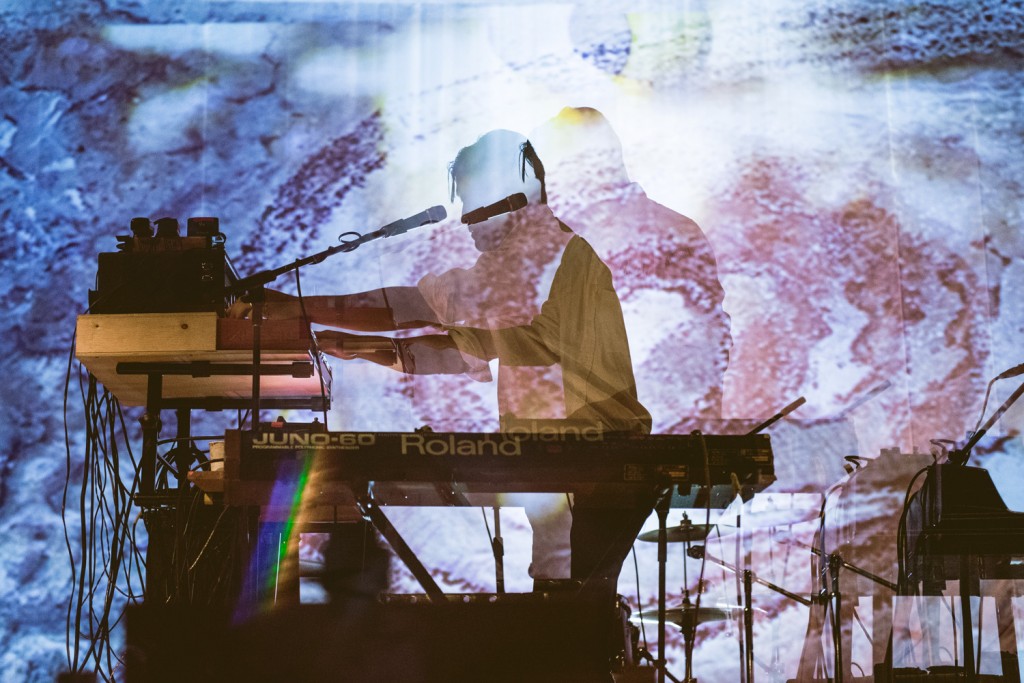
After Holy Hum’s strong set, Lee’s mass of gear was carted off, leaving the stage virtually empty in comparison. Only a drum kit and two amps remained as Spruce Trap came on. Without the clutter of equipment in front of the screen, the projections seemed even more disjunctive with the space, undermining the grandiosity of the architecture that surrounded them. I won’t say it was sacrilegious, but it seemed, at the very least, to be a waste. What’s the point of having show in an ornate cathedral if you’re hiding half of the room from view?
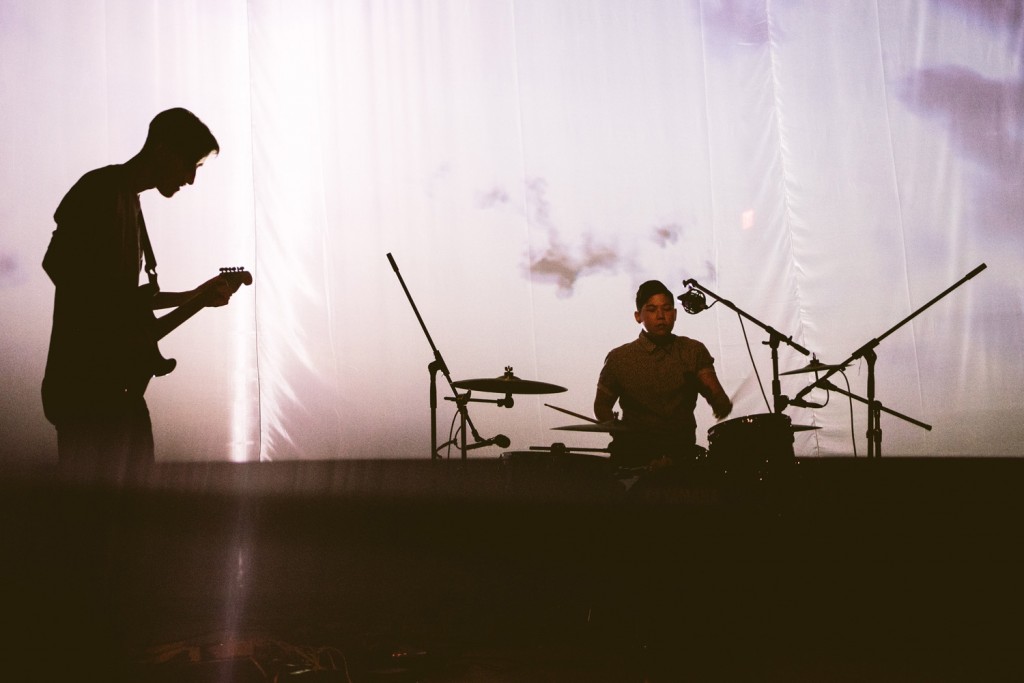
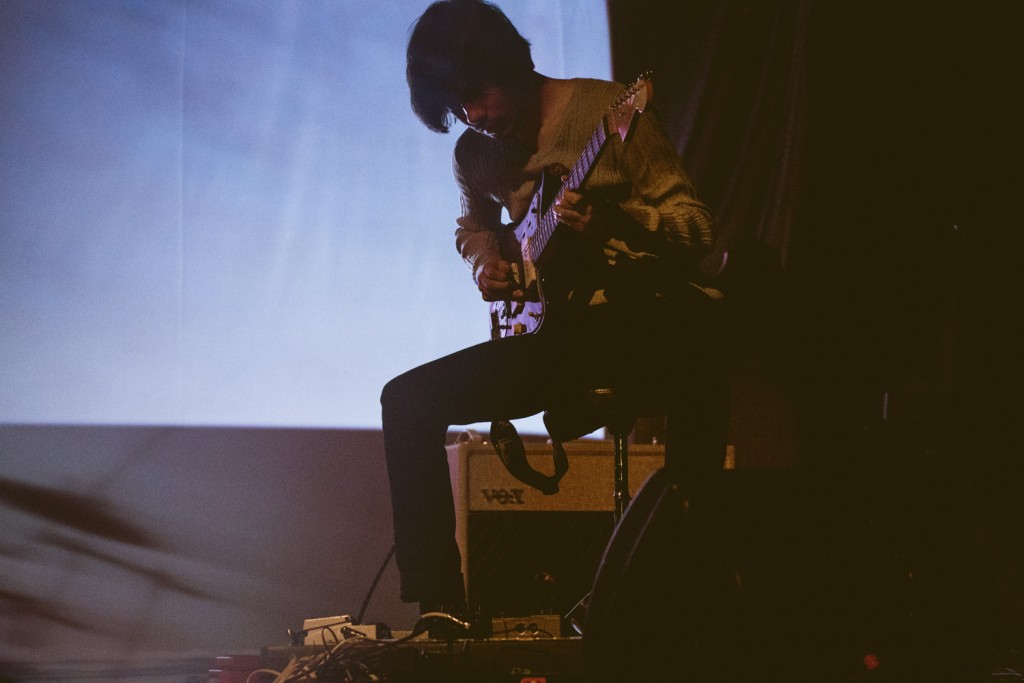
Spruce Trap’s music was expansive, dramatic, and wholly emotive. The waves and washes of Isaac Jeffs and Eric Furugori’s distorted and delayed guitars against the throbbing pulse of Kai Furugori’s percussion were visceral — at first. The set wore on, and the trio’s post-rock ambience stagnated, as they repeated a formula of tension and release. The only part of their almost hour-long set that broke out of this repetition was Eric Furugori’s equipment malfunctioning, sending occasional and unpredictable bursts of feedback and electronic buzz over the PA.
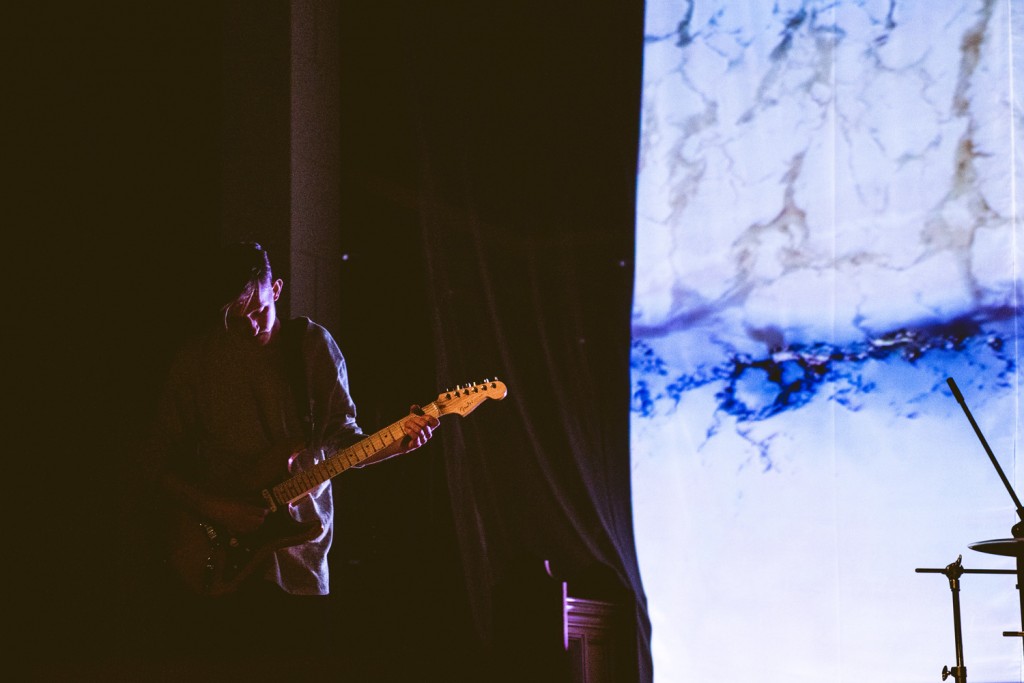
Regardless, Spruce Trap finished their performance to a standing ovation, but didn’t play an encore. The late night congregation slowly filed out of the rows of pews and chairs — nearly every head turned upward to take in one last glance at the cathedral around them.
